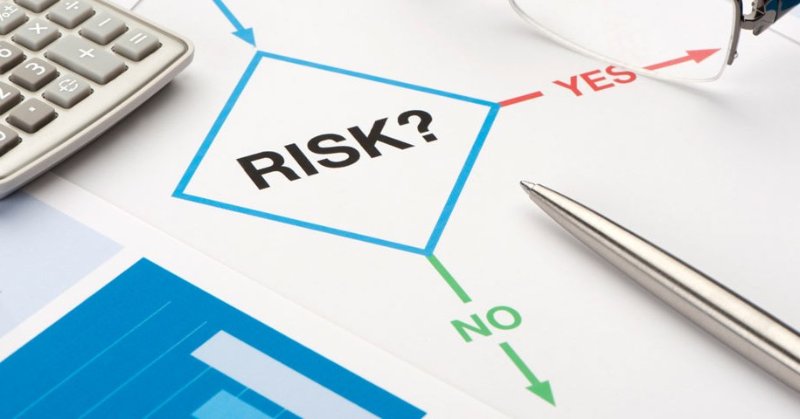To go or not to go… that is the question that is on the minds of many time-pressed, budget-challenged executives.
As I reflect on my decades of traveling the globe as the quintessential conference attendee, warrior, and keynote speaker, logging millions of miles and booking hundreds of hotel rooms, I am acutely aware of this conundrum facing everybody when their curiosity is peaked about a particular conference. Is it worth your valuable time and money?
They are…
And they aren’t…
All conferences are not created equal. They usually cast a wide net. The question is always “what’s in it for me?”
Before The Conference:
Know What’s In It For You
Your very first scrutiny is to understand completely the business challenges you are facing and if you can see a clear benefit of what’s in it for you to attend a particular conference. Rigorously study the program to see which keynotes and sessions are in your sweet spot. Connect with folks who have been to the conference before and seek their professional opinions.
If the decision is to press the “go” button, success can be greatly enhanced by an adequate plan of attack. This should include, if multiple colleagues are travelling with you, engineering a divide and conquer plan so you can maximize takeaways from multiple concurrent sessions. Leave space between the meetings and conferences so your experiences don’t become fire drills. The key is to align your problems with their promise and make sure you have the right process. If you can, it’s a go. If you can’t, it’s a pass.
To maximize your resources at these conferences, your resourcefulness will play an important role.
Opportunities emerge most often from relationships generated at such events. Relationships trump transactions every time. In your pre-planning, research the people who will be speaking and attending so you can identify folks who would find a relationship with you mutually beneficial. This will be your target audience. Do your intellectual and emotional homework and learn as much about them as possible.
I’ve often discovered non-professional commonalities through investing time in this research that I would otherwise not have known such as a shared passion for baseball, that we went to the same college, we grew up in neighboring towns, our kids know each other, or we have similar charitable interests. This information creates the attitude that is a bridge builder when you meet. If you can understand also what’s in it for them at the conference or what’s in it for them to meet you, you can form bonds and mutuality that will serve you well after the conference ends.
You must get a head start. Don’t wait for the conference to start. Reach out to these folks a few weeks before to arrange breakfast, break meetings, dinner (you may even want to host a dinner party with a few attendees who could mutually benefit from the encounter), golf/tennis, etc, to ensure a meeting. A day or two before the conference do a friendly follow-up call or email to confirm your appointment. If your research uncovered a particular area of interest, you may want to send a relevant article, blog or video with a “thought you might be interested in this” to reinforce that your attention is on the benefit you’ll provide to them.
At The Conference:
Maximizing Opportunities In The Heat Of Battle
Managing your expectations is a big part of creating a positive result. Some sessions result in great epiphanies, others one or two useful nuggets, and still others may not meet your needs. The best attitude is to have an open mind and be curious rather than critical. I’ve turned companies around based on one or two useful nuggets that changed my thinking. The key is to use your time effectively. Be nimble and be able to elegantly leave sessions that are not serving you and find others that serendipitously seem exciting.
This is a communal campfire, not a digital network. The hallways are where you can make real contact and connection. This is where the bond between the participants deepens and blossoms.
After The Conference:
Turning Possibilities Into Probabilities
Resist the temptation to go full throttle back to your daily routine until you’ve done the necessary follow up. Your extra effort and diligence meticulously following up will go a long way to turning your conference possibilities into realized probabilities. Otherwise the bang for your buck will likely go bust.
Who’s on your call list? Your email list? How are you generously going to help the people you met get to wherever their “there” is? Map out an action plan that may include additional meetings, dinners, or tickets to special events to keep the relationship vital and active. If you’re suddenly ignored, be sensitive to their commitments and deadlines, and back off, but don’t back down. Revise your action plan to spread out how often you reach out and move on to your next opportunity.
Flesh out the notes you took and spread the wealth throughout your organization. This is the best way to extend your conference dollars to benefit the maximum number of individuals who may contribute to your success. I’ve often found it extremely worthwhile to host lunch debriefs so I, and any colleagues who were with me, can knowledge share with the team.
Finally, remember you’re not the master of the universe. The conference is a place not just to cut trees, but to plant seeds. As an experienced conference warrior, I’ve often found opportunities arise from the conference quickly and at other times the serendipitous experience emerges much later that wouldn’t have come to fruition without the first conference meet.
To go or not to go? When the choice is close, I err on the side of taking the plunge. After all, I know I can always swim.


